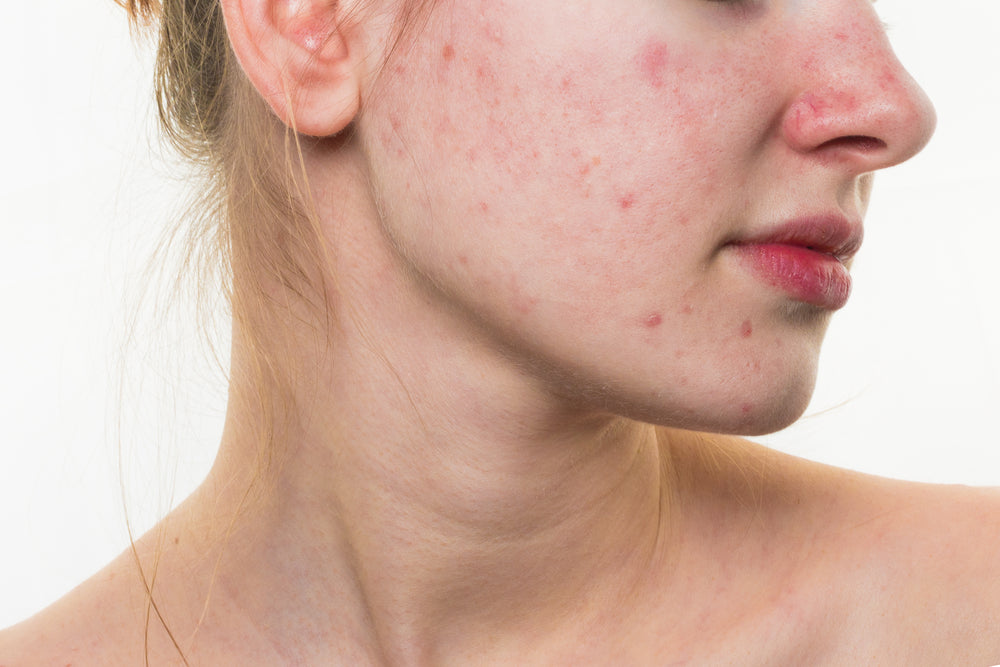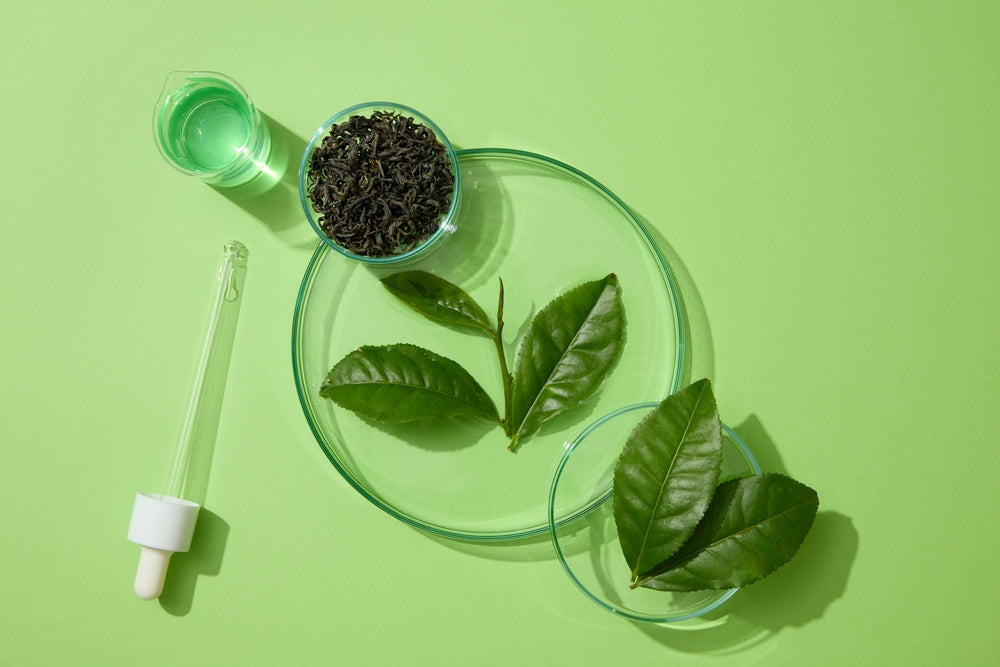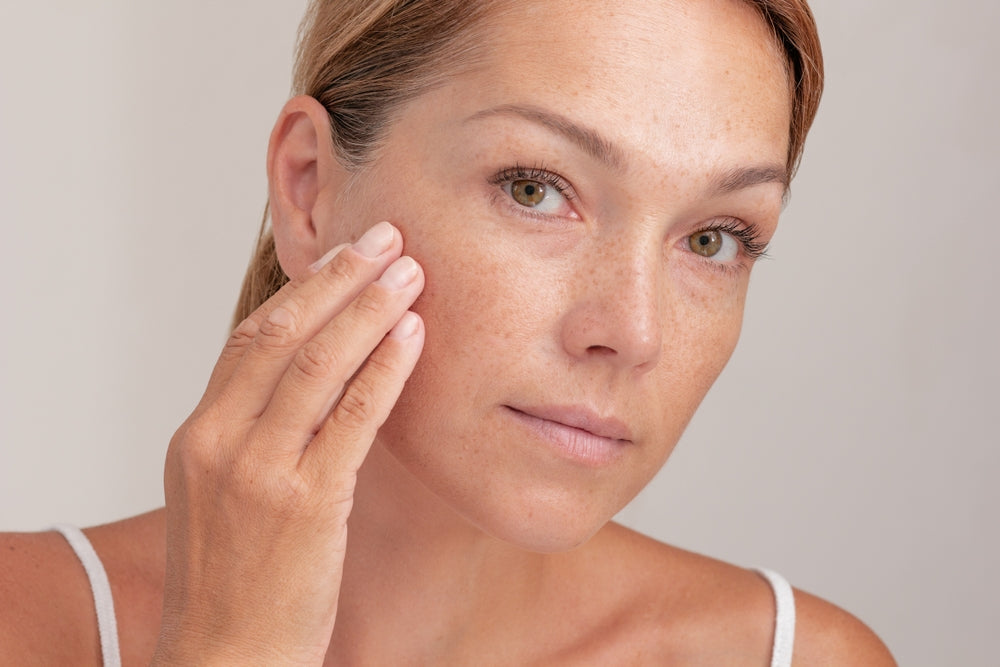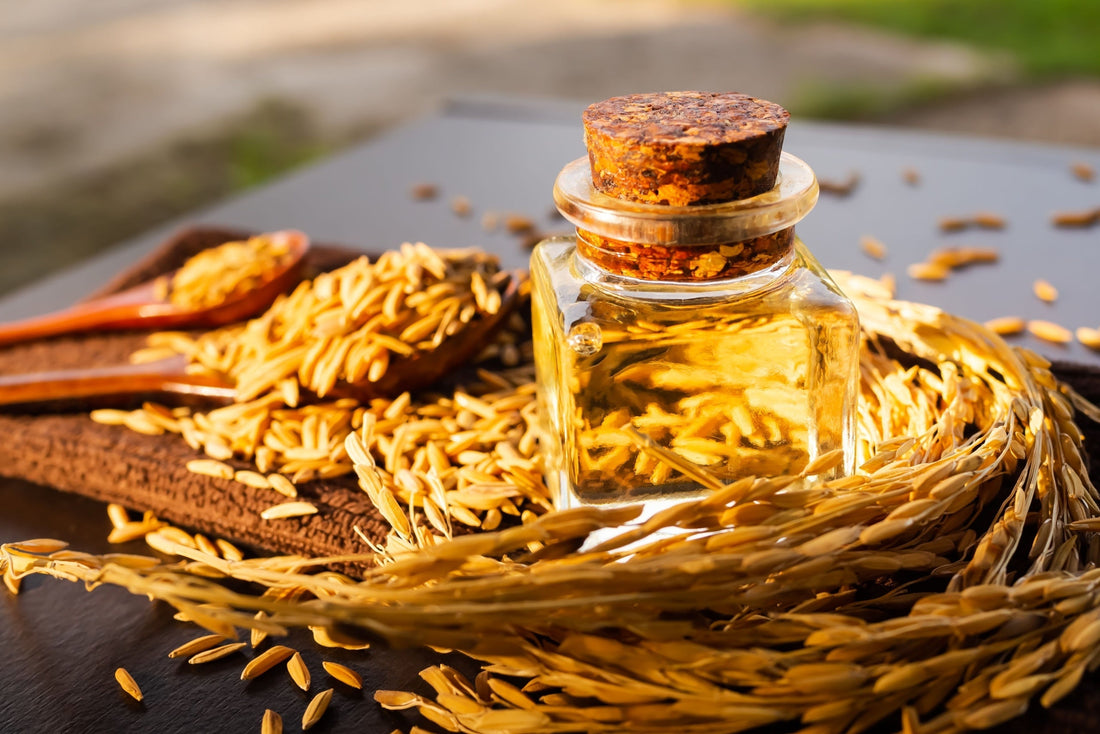No matter how many times we are warned about developing acne as teenagers, it doesn’t make the skin condition any less annoying or unexpected when breakouts occur. While having active acne can be painful, unsightly, and hard to hide under makeup, recently healed pimples can cause a just as irritating side effect. Redness, as a result of acne, can make it feel like your pimple has never really gone away because of how long these bright red spots of discoloration tend to linger on the skin. Even if your skin’s texture has improved to a smooth, glowing surface, redness can still blare through causing frustration and even a lack of confidence. Thankfully, Epicuren Discovery is here to help! Here are some helpful tips for reducing acne redness and gaining back your confidence.
What Causes Acne Redness?
Redness is caused by trauma or damage to the surrounding tissues and skin cells. This irritation and damage can be caused by many different factors, both in our control and not. These redness-causing agents include:
Spots
Spots are the individual nodules of acne. They can be whiteheads, blackheads, pimples, papules, or cysts, and in some cases, they can cause redness while they are active on your skin and for a while after they have healed. Cysts or pimples are formed when an infected hair follicle becomes clogged with bacteria, dirt, oil, and dead skin. The infection causes inflammation leading to pain, tenderness, and you guessed it, redness.
Scarring
Redness is a form of acne scarring, more commonly seen on lighter skin tones. The most severe type of acne, cystic, can cause permanent scarring leaving the skin with an uneven and bumpy appearance. In some cases, these scars can leave behind hyperpigmentation, where patches of pink, red, purple, or brown are left in the healed spots.
Acne Treatment
Certain types of acne treatment can also lead to redness. If you have sensitive skin and are treating your acne in an aggressive way, this can actually do more harm than good. Some topical treatments can lead to irritation like dryness and peeling. This irritation can cause redness where acne is present, but all over the face too.
Inflammation
As a natural response to healing, inflammation occurs in the body. When this inflammation goes on for too long in one area, it can lead to an increased appearance of redness. Something called post-inflammatory hyperpigmentation is what causes the dark spots left in place of the acne. Blood vessels around areas of inflammation dilate in order to allow increased blood flow to the area of your body that needs healing. Melanin production in that area is signaled as a protective response to the inflammation (similar to when you get a sunburn or tan).
How Can I Reduce the Appearance of Redness?
Redness is not a permanent side effect of acne, and there are ways we can diminish redness. By following these simple tips, you can improve the appearance of redness on active acne and future breakouts.
Don’t Squeeze Pimples
Because redness is caused, or is worsened, by trauma to the skin it is imperative that you do not squeeze or pick at your blemishes. This behavior can increase the damage to this already tender area of the body and leave behind an even more aggressive post-breakout mark.
Apply a Warm or Cold Compress
Applying a warm compress can help to open up the pores and allow for more effective cleaning. Applying a cold compress or ice pack has been known to help minimize redness and inflammation caused by acne. It is important that you only apply these compresses to clean skin and that your ice pack is wrapped in a cloth.
Protect Your Skin from the Sun
Acne-prone skin can be more sensitive to the sun and more likely to scar or have more prominent scarring when exposed to excess sun. This can be due to the medications taken to treat it, but also because of the tenderness of the infected skin. The best way to prevent damage is by staying out of the sun. You should always wear sunscreen.
Avoid Touching Your Face
Acne is caused by bacteria collecting in the hair follicle and causing an infection. Think of all the different things we touch in a day, and how many people touched it before us. It’s no surprise to learn that our hands are covered in bacteria, and by touching our faces we spread that bacteria to our skin. To prevent additional bacteria from gathering on our faces and causing acne, it is best to avoid touching our faces when we can.
Good Skin Care Routine
Developing an effective skincare routine that suits your specific skin type will do wonders for redness and breakout concerns. You’ll find that a proper skincare routine, from cleansing to moisturizing, poses many skin benefits beyond just reducing visible redness. Introducing products with active ingredients that are gentle on the skin, but tough on acne will bring your complexion to the next level.
Our Product Recommendations
The Skin Brightening Serum from Epicuren Discovery is a powerful little serum that effectively fades the appearance of hyperpigmentation and discoloration in one easy step. This serum creates a visibly brighter and more even skin tone that is less susceptible to future pigmentation and age spots. The Skin Brightening Serum is a great addition to a skincare routine designed to improve the appearance of acne and acne concerns.
Frequently Asked Questions
Why is my acne so red?
Acne turns red due to the inflammation that occurs at the site of your spots. Inflammation is your body’s way of responding to infection and sending out a healing response.
How long does acne redness last?
Redness caused by an active breakout should fade as the acne heals. This usually lasts around 1-2 weeks. If the redness is caused by acne scarring, it could take several weeks up to a couple of months to fade away.
Does ice reduce acne redness?
Ice Packs and other cold compresses can help soothe the inflammation that causes acne redness. As long as the skin isn’t exposed to the ice directly, or for too long, it can help to reduce redness and irritation.





